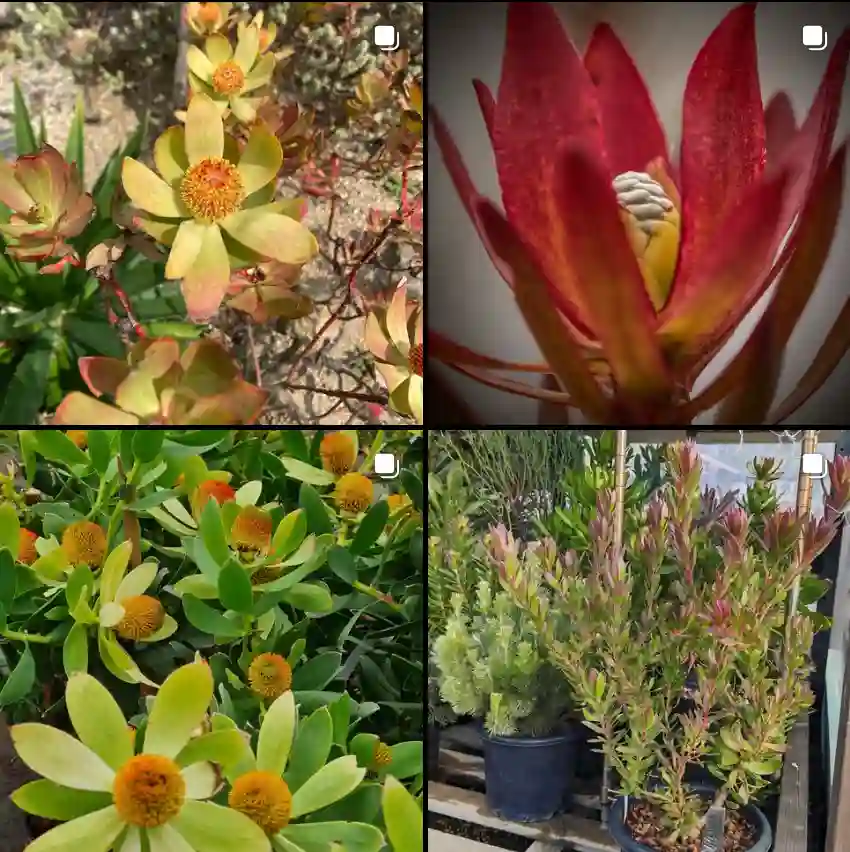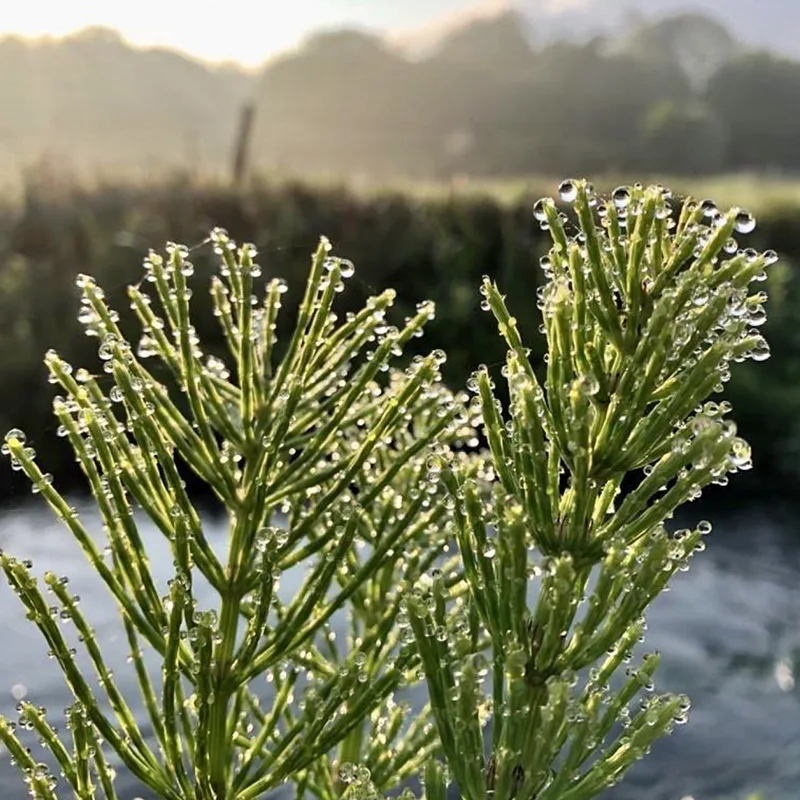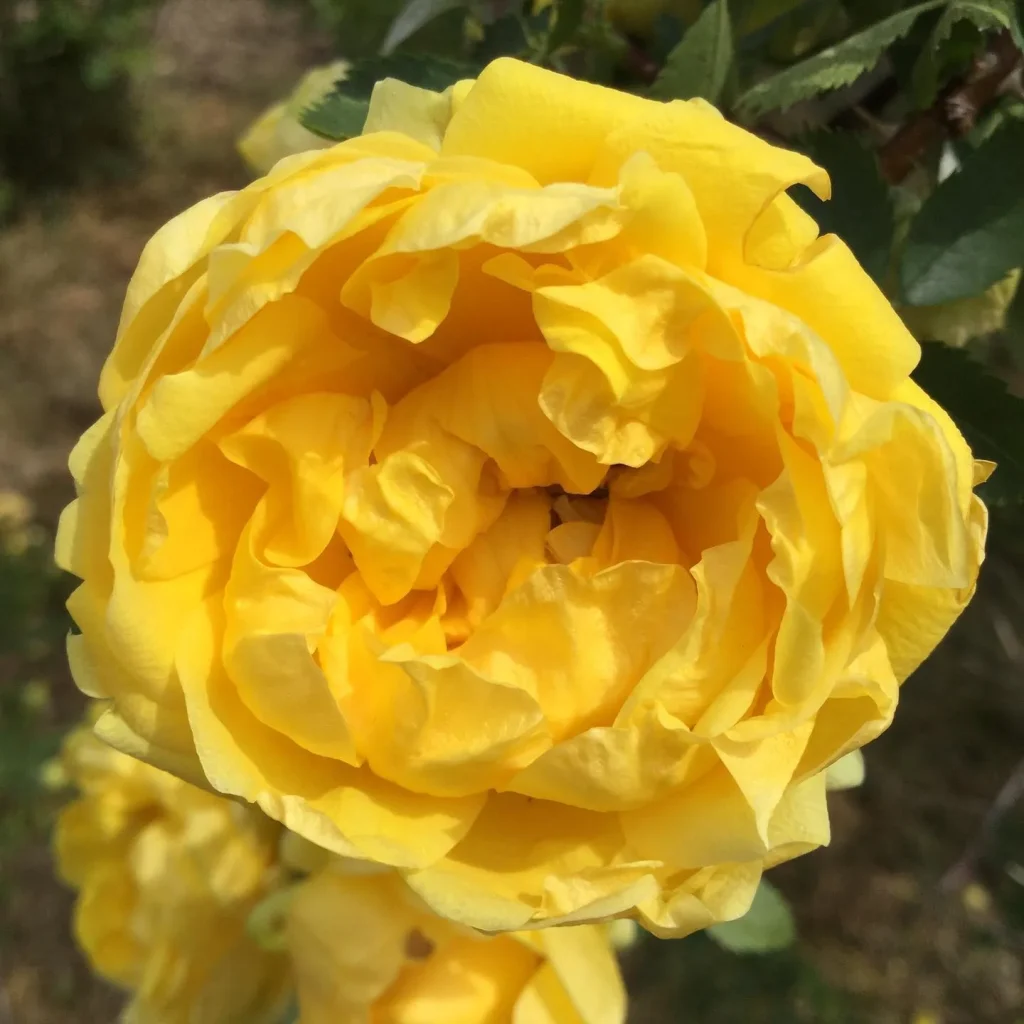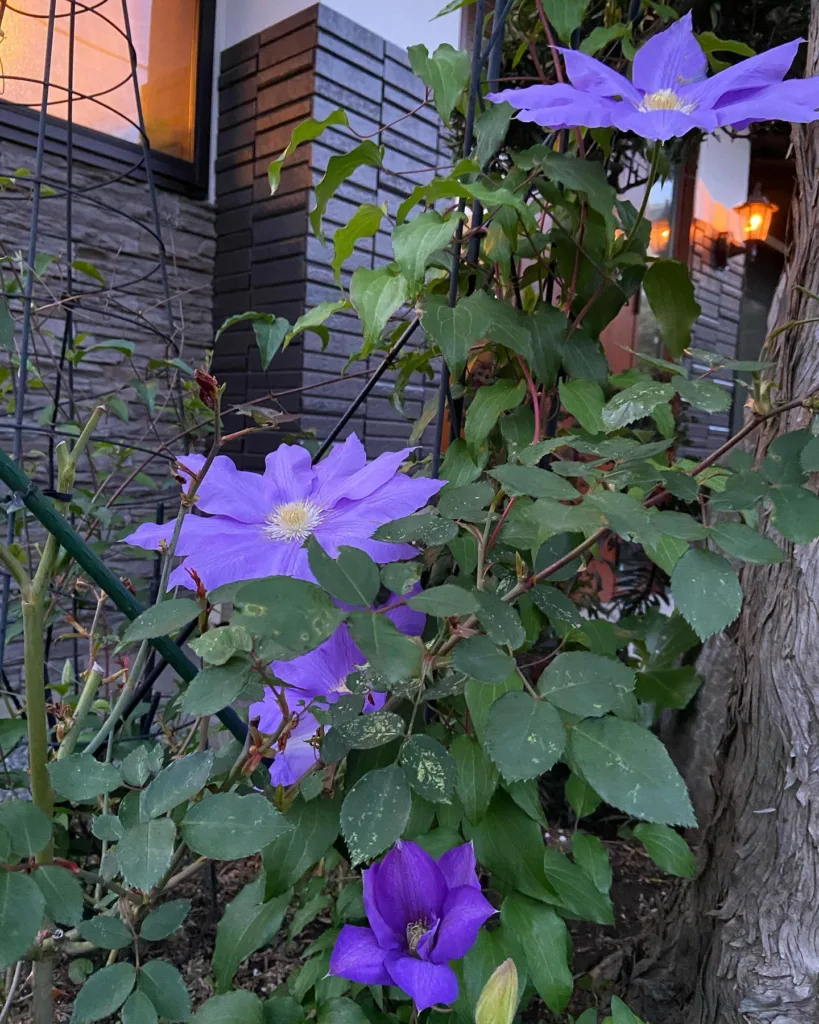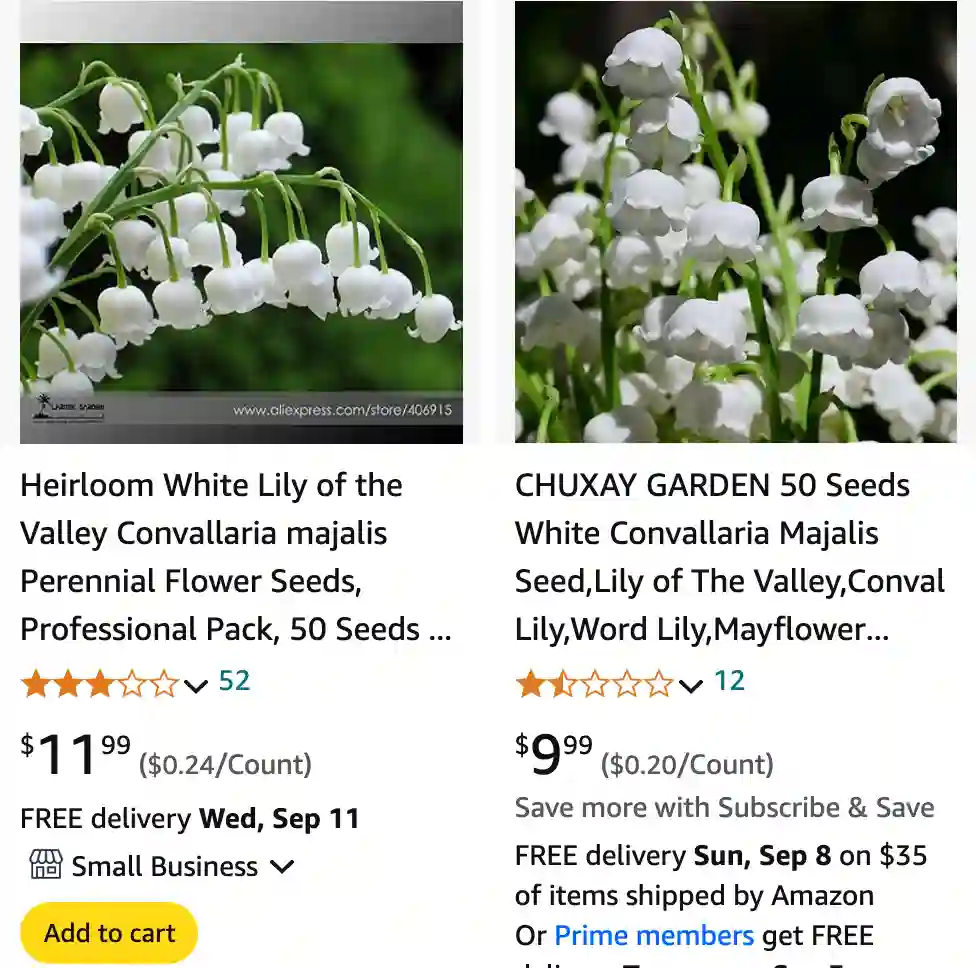
Frequently Asked Questions About Convallaria Majalis
Convallaria majalis, commonly known as Lily of the Valley, is a charming yet elusive plant that many gardeners and plant enthusiasts find intriguing. I’ve often come across various questions about this beautiful but potentially hazardous plant. Here’s a comprehensive guide based on my experiences and research to answer some of the most frequently asked questions about Convallaria majalis.
3 Species in Genus Convallaria
What Is Convallaria Majalis?
Convallaria majalis is a perennial plant famous for its sweet-smelling, bell-shaped white flowers and lush green foliage. Native to Eurasia, it’s a hardy plant that thrives in shaded or partially shaded areas. The plant is known for its vigorous growth, forming dense mats of foliage. It’s often used in gardens for its aesthetic appeal and its ability to cover ground quickly.
How to Plant Convallaria Majalis?
Planting Convallaria majalis requires some specific considerations to ensure it thrives. Here’s how I approach planting it:
- Location: Choose a shaded or partially shaded area in your garden. Lily of the Valley prefers cool, moist conditions and will not do well in full sun.
- Soil Preparation: Ensure the soil is well-draining and rich in organic matter. I usually amend the soil with compost to improve fertility and drainage.
- Planting Time: The best time to plant is in the early spring or late fall when the plant is dormant. This allows the roots to establish before the growing season.
- Spacing: Space the plants about 6 to 12 inches apart. Convallaria majalis spreads quickly and will form a dense ground cover over time.
- Planting Depth: Plant the rhizomes about 2 to 3 inches deep. Ensure the buds are facing upward.
When to Plant Convallaria Majalis?
The ideal planting time for Convallaria majalis is during the early spring or late fall. Planting in spring gives the plant a head start as it emerges from dormancy. Conversely, planting in the fall allows the plant to establish its roots over winter and be ready to grow vigorously in the spring. Avoid planting in the summer or winter as extreme temperatures can affect growth and establishment.
How to Care for Convallaria Majalis?
Convallaria majalis is relatively low-maintenance, but it does have some specific care requirements:
- Watering: Keep the soil consistently moist but not waterlogged. I find that regular watering during dry spells is crucial to maintaining healthy growth.
- Fertilizing: Apply a balanced, slow-release fertilizer in early spring. This helps support vigorous growth and blooming.
- Mulching: Use mulch to retain moisture and suppress weeds. Organic mulch, such as shredded leaves or bark, works well.
- Pruning: Remove faded flowers and any dead or yellowing leaves to maintain the plant’s appearance and health.
How to Propagate Convallaria Majalis?
Propagation of Convallaria majalis is typically done through division:
- Timing: The best time to divide the plants is in early spring or late fall when they are dormant.
- Method: Dig up the clumps carefully and separate the rhizomes. Each division should have at least one growing point.
- Replanting: Replant the divisions immediately to ensure they start growing quickly.
Can You Grow Convallaria Majalis Indoors?
Growing Convallaria majalis indoors can be challenging due to its preference for cool, shaded environments. However, it can be grown indoors if you can provide the right conditions. Ensure the plant gets enough indirect light and keep the indoor temperature cool. Use a well-draining potting mix and maintain consistent moisture. It’s not the most common indoor plant but can be a unique addition if conditions are suitable.
Is Convallaria Majalis Toxic?
Yes, Convallaria majalis is highly toxic if ingested. All parts of the plant, including the leaves, flowers, and berries, contain cardiac glycosides, which can cause severe symptoms if consumed. These include nausea, vomiting, abdominal pain, and in severe cases, cardiac arrhythmias. Always keep this plant out of reach of children and pets.
Can I Absorb Convallaria Majalis Poison From the Pip?
The risk of poisoning from merely handling Convallaria majalis is minimal, but it’s important to avoid touching your face or eating without washing your hands thoroughly after handling the plant. The primary concern is ingestion, not topical absorption.
What to Plant With Convallaria Majalis?
Convallaria majalis pairs well with shade-loving plants. Consider planting it alongside:
- Hostas: Their large leaves complement the delicate foliage of Lily of the Valley.
- Ferns: They thrive in similar conditions and provide a lush backdrop.
- Astilbes: These add color and texture to the shady garden.
Common Problems with Convallaria Majalis
Some common issues include:
- Overcrowding: Convallaria majalis spreads aggressively, which can lead to overcrowding. Regular division helps manage this.
- Pests: Watch for slugs and snails, which may damage the foliage.
How Does Convallaria Majalis Compare to Similar Plants?
Convallaria majalis is often confused with Maianthemum bifolium (False Lily of the Valley), which has similar foliage but different flowers. Unlike Convallaria majalis, Maianthemum bifolium has small, white, star-shaped flowers and is not as invasive.
In conclusion, Convallaria majalis is a beautiful yet potentially hazardous plant that requires careful handling and consideration when planting. With proper care, it can be a lovely addition to a shaded garden. Always take precautions due to its toxic nature, and enjoy the unique beauty it brings to your outdoor space.
If i die, water my plants!
